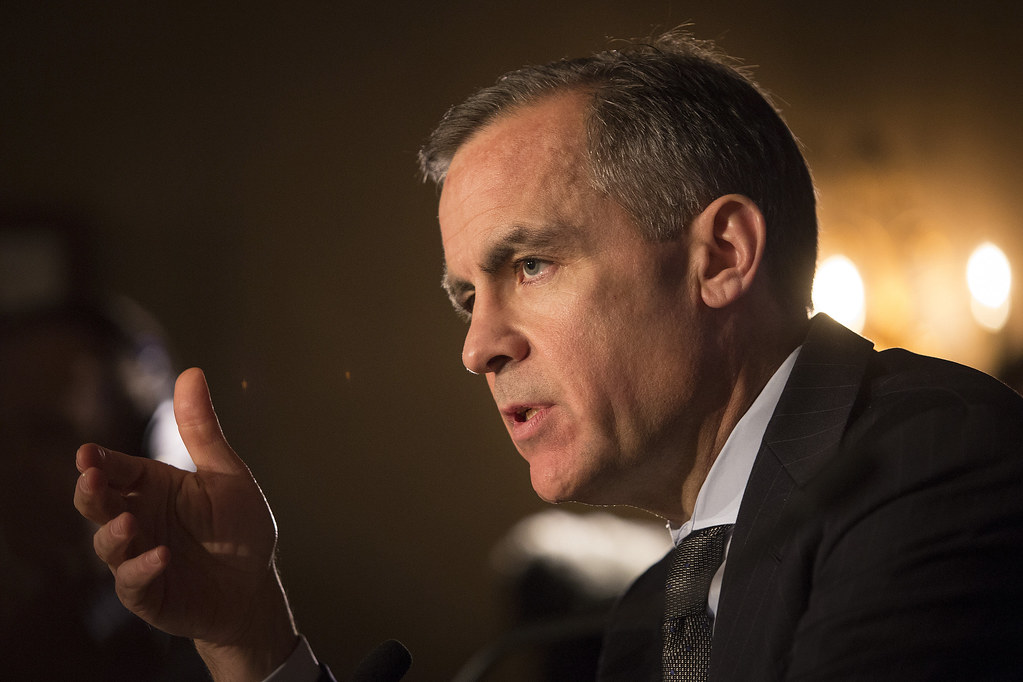
Canadian Prime Minister Mark Carney declared that Canada “will not accept a bad deal” just to secure a trade agreement with the U.S. ahead of an August 1 deadline, after which President Donald Trump plans to impose new tariffs.
The Tariff Threat and Trade Standoff
“Our objective is not to reach a deal whatever it costs,” Carney said during a press briefing in Ontario. “We are pursuing a deal that will be in the best interest of Canadians.”
If no agreement is reached by the deadline, U.S. importers will face a 35% tariff on goods sourced from Canada. Despite being each other’s largest trading partners, the two nations have been locked in a standoff since Trump took office and launched a broad tariff campaign.
Trump argues these tariffs will protect American manufacturing jobs and boost domestic industries. Critics warn, however, that these measures risk disrupting the global economy and increasing prices for U.S. consumers.
Tariffs currently in place include a 25% levy on certain Canadian goods and a 50% tariff on Canadian aluminum and steel imports.
Carney indicated on Tuesday that he may consider further support for Canadian aluminum and lumber industries, two sectors hit hard by U.S. tariffs. He also hinted at the potential for additional protectionist steps as the economic impact unfolds.
The prime minister had earlier introduced countermeasures, including higher tariffs on steel imports from the U.S.
“It will probably be the case in the next couple of months that we will see other needs for support for the sectors that have been the most affected,” Carney said at a meeting with provincial leaders.
Trade Relationship and Economic Stakes
Canada sends roughly 75% of its exports to the U.S., including metals, lumber, oil, cars and parts, machinery, food, and pharmaceuticals.
According to the U.S. Trade Representative, the U.S. exported nearly $350 billion in goods to Canada in 2024 while importing over $412 billion from its northern neighbor.
Trump’s tariff strategy targets various products and countries, citing perceived unfair treatment of U.S. trade partners. He also justifies some tariffs as pressure to reduce illegal fentanyl shipments into the U.S., despite only 0.2% of fentanyl seizures occurring at the Canadian border versus the majority at the Mexico border.
While Trump has secured some tariff agreements with countries including the UK, Japan, and Indonesia, these deals often maintain elevated tariffs.
On Tuesday, the White House announced a deal with the Philippines featuring a 19% tariff on imports from the country—up from an initial 17% but below the 20% Trump had threatened earlier this month.
What The Author Thinks
The escalating tariff standoff between the U.S. and Canada highlights the risks of using trade policy as a blunt economic weapon. While aiming to protect domestic jobs is important, imposing steep tariffs on close allies disrupts supply chains and raises costs for consumers and businesses alike. Meaningful trade deals require compromise and mutual respect, not hardline posturing that ultimately hurts both sides. Without a pragmatic approach, both economies risk long-term damage over short-term political wins.
Featured image credit: Bank of England via Flickr
For more stories like it, click the +Follow button at the top of this page to follow us.
